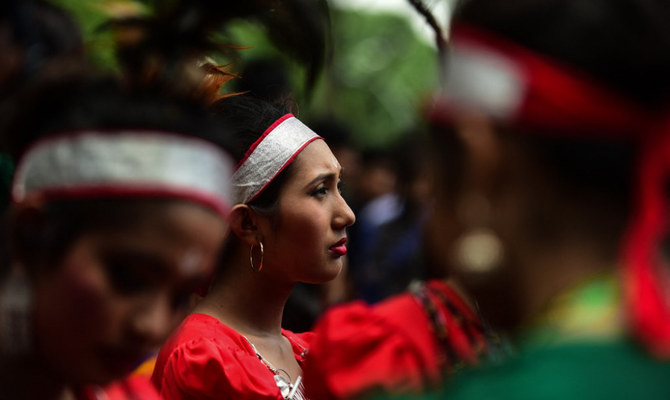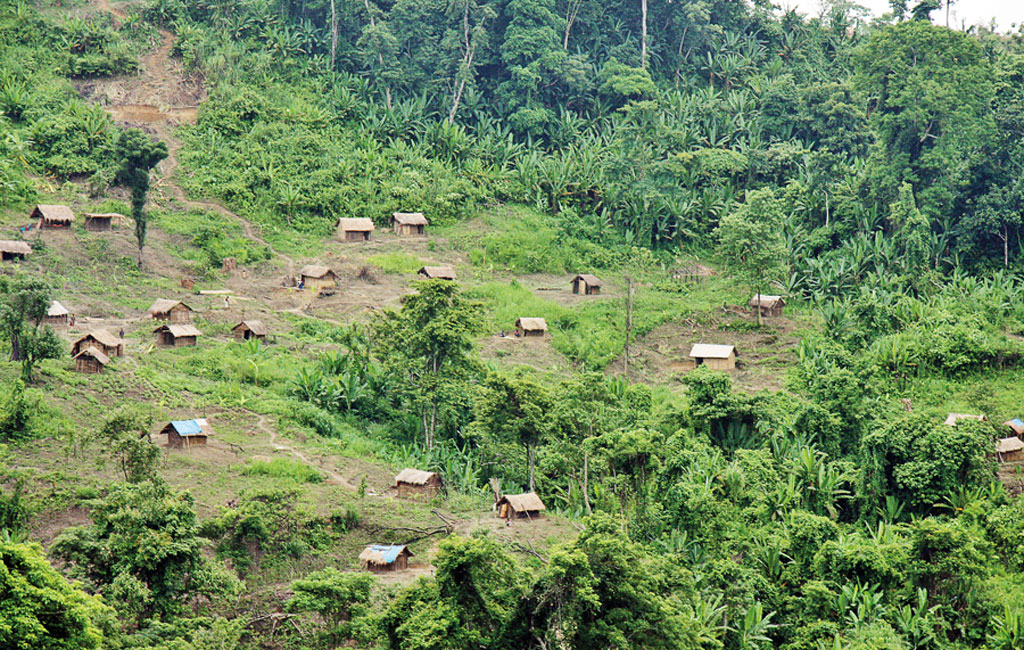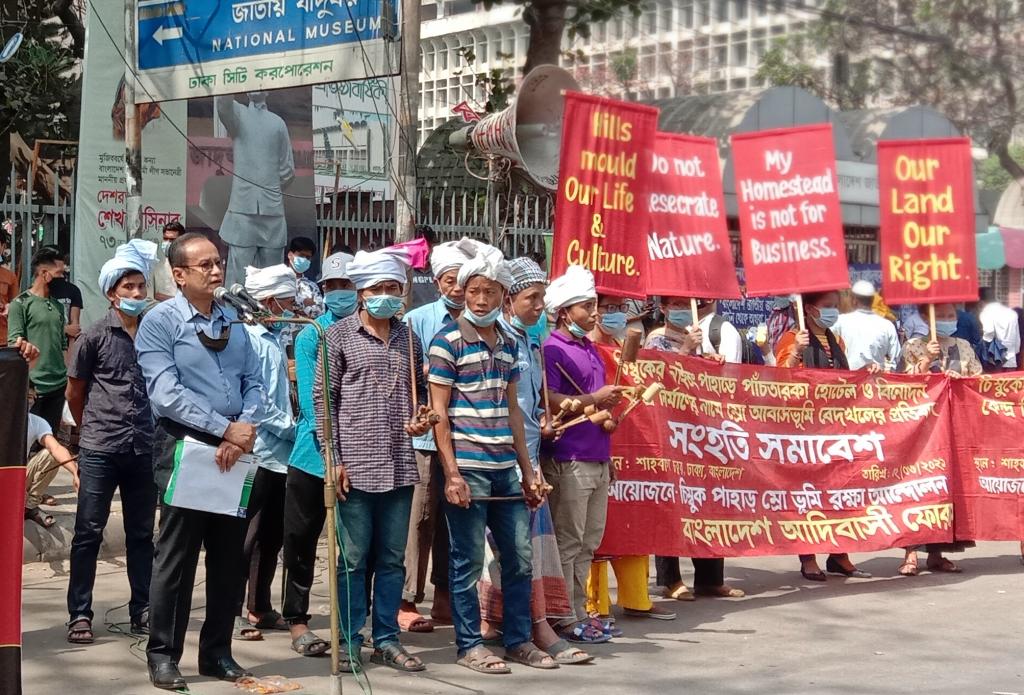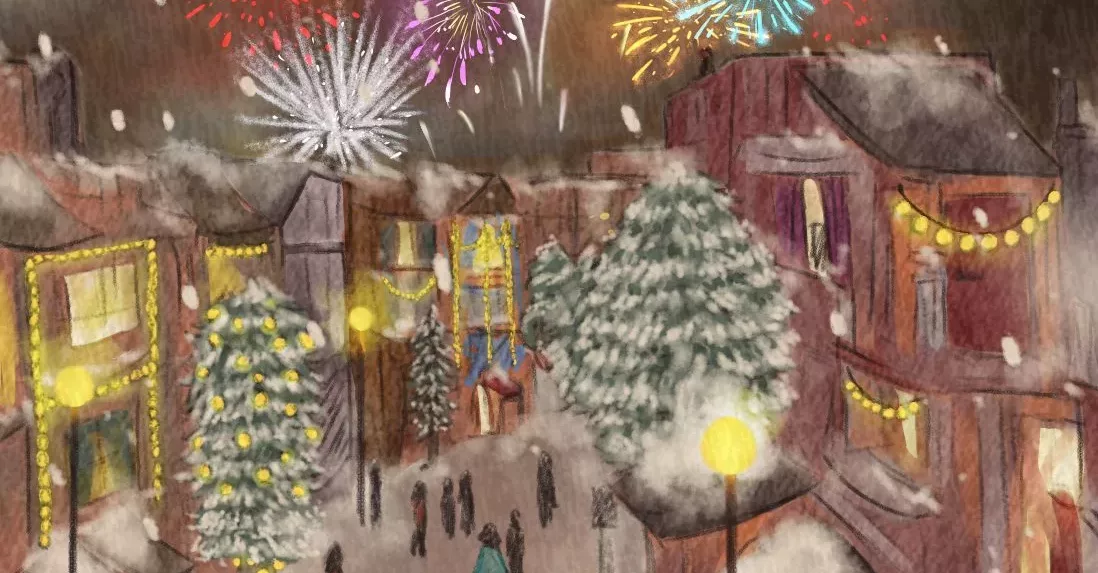Ethnic Minorities and Indigenous Peoples of Bangladesh: Victims of Neglect, Oppression, Racism and Marginalisation by the Vast Majority

Bangladesh is ethnically homogenous, with over 98% of its population being Bengalis. Around 1.8% of the population comprises indigenous people, essential minorities in this country. Unlike the minorities, the Bengali majority doesn’t have to struggle to fit in; they already “belong.” But it also means they exert superiority over those who don’t belong, shoving them into a dismal pit of unending oppression. Unfortunately, that’s how ethnic and religious minorities in our country are treated, and the rest of us either turn a blind eye to the problem or actively participate in it.
On August 9 every year, the world observes The International Day of the World’s Indigenous Peoples, which honours the indigenous communities in every nation. The day signifies the United Nations’ attempts to raise awareness for the rights and development of indigenous communities worldwide.

Ignorance of the Bengali Majority
With very little reliable information or educational content centring on the ethnic minority groups or indigenous peoples of our country, most of the Muslim Bengali majority is oblivious to the marginalisation, oppression, and discrimination that ethnic minority groups regularly face. The indigenous in our country suffer from poor infrastructure and essential facilities, which hinder their socioeconomic performance. Most of us living in urban regions don’t even realise when we are being racist towards the minorities in our own country while actively fighting racism taking place in the western world.
1.8% of Bangladesh’s population comprises 1.65 million indigenous people, according to the Population and Housing Census 2022. But this number is significantly larger – around 5 million – according to claims by some indigenous communities in the country. The government of Bangladesh doesn’t recognise them as “indigenous people” but as ethnic minority groups with backgrounds, identities, culture, language, religion, social construct, etc., different from the mainstream majority.
Displacement of the Indigenous from Their Homelands upon the Influence of Bengali Settlers
According to the most recent Bangladesh Bureau of Statistics (BBS) census, 51 ethnic groups reside in the country. 13 major ethnic groups are called the Jumma Peoples, inhabiting 3 districts of the Chittagong Hill Tracts – Rangamati, Khagrachari, and Bandarban – and the rest reside in the northern and southeastern plainlands of the country. Even though the Chakmas form the largest ethnic minority group in Bangladesh, with a population of 4,83,299, other groups exist – with distinctive identities – as opposed to the prevalent belief of the mainstream who can’t resist the urge; to generalise all Hill Tract natives as “Chakma.”
One major issue that ethnic minority groups in the country, the hill tracts, and plainland dwellers, have struggled with for years is the appropriation of their lands by the influential Muslim majority. Even though there are laws entitling the minorities to their lands, these laws are ignored blatantly, ripping off the minorities’ rights to their homes.
For example, the Chittagong Hill Tracts were abided by 11 indigenous who made up 98.5% of the population in that region in 1941. But illegal and forceful land grabbing, eviction, exploitation, etc., by the Bengali settlers caused this percentage to shrink to only 52.9% in 2011. Meanwhile, the population of Bengali settlers accounted for only 1.5% of CHT’s total population, which increased to 47.1% in 2011.
Tourism in the Name of Land Grabbing and Forceful Displacement
Some of the most beautiful tourist spots in the country are located in the Chittagong Hill Tracts. Bandarban, Sajek, Nilgiri, Kaptai Lake, etc., have much scenic splendour to travel enthusiasts. However, when we bask in the paradisical beauty of these locations and fill our phone galleries and social media with memories made in these places, we remain entirely oblivious to the heinous history upon which they were constructed.

The construction of the Kaptai Dam, for instance, which began in 1960, displaced around 100,000 Jumma peoples, submerging 18,000 Jumma homes and 1,306 square kilometres of land in the water. Even today, trees and hills are cut down to build luxury hotels and resorts to accommodate tourists, reducing the essence of the areas to some commercial setting, hurting nature and people alike. That, in turn, is a violation of the 1997 Chittagong Hill Tracts Peace Accord, made to protect the rights of ethnic minorities residing there and to foster their socioeconomic development.
“People around us are amazed by Kaptai Lake’s beauty, turning a blind eye to the displacement of thousands in 1960. Our friends plan trips to Sajek and we cannot help but tear up because of the food crisis in the region. When we are frustrated, we are called antagonists. It’s as if only we get to see that the hills are bloody, and it is lonely because no one else does,” says Myat Moe Khaing, a Marketing Strategist at a Bangladeshi company, in her article for The Daily Star, sharing her thoughts about the woes of the indigenous in Bangladesh.
Abuse and Harassment When Voices Are Raised
Moreover, the tears and protests of residents forcefully ousted from their ancestral homelands remain buried under these commercial buildings. When the localities protest, claiming their lands back or demanding fair compensation, the Bengali settlers respond with abuse and violence. Some even go as far as raping and harassing indigenous women to exert dominance. Unavailability of legal and medical aid in those areas leads to the female victims not getting any help and the crimes committed against them go unreported. The local and regional administrators are of little to no service in these matters.

Development Impaired by Low Literacy Rates
While the problems with land ownership have catastrophic implications on the socioeconomic development of the ethnic minorities, as well as on their heritage, what worsens their situation is their low literacy rates. Poverty and the absence of educational institutes in remote rural regions prevent parents from sending children to schools located far away. Children who go to school struggle due to communication barriers because the schools require them to communicate in Bengali or English while using their native languages at home.
Indigenous Languages on the Verge of Extinction
Indigenous children of the country don’t have access to formal education in their languages, and these languages are now on the verge of extinction. In 2017, the government introduced textbooks in the native languages of 5 ethnic minority groups – Chakma, Marma, Tripura, Garo, and Sadri – for primary school kids. While the initiative was commendable, most children from these communities are still deprived of education in their respective languages. The reason is a lack of trained instructors who can both speak and write these languages.
In addition, a study conducted by a non-government organisation named The Kapaeeng Foundation found that over 30 ethnic minority languages don’t have alphabets even though they are spoken and used by the natives in everyday life. Suppose the government doesn’t take the initiative to preserve the remaining languages soon. In that case, they will disappear – taking a significant part of the identity of the users of those languages with them.
Racism, Discrimination, and Misrepresentation of the Indigenous
To top off the struggles and sufferings that indigenous communities in Bangladesh have faced for ages comes racism from us, the Bengali majority. People from ethnic minority groups that come to cities for, say, education, a job, or a better life face racism and racial discrimination regularly. The way they look and talk is often ridiculed – a common phenomenon in schools and workplaces.
Bengalis rarely shy away from using racial slurs to affront their peers from ethnic minority origins or calling them “Chinese” and “Ching-Chong” or unapologetically assuming their identities to be Chakma. It is something that we can term as being “comfortably racist.” Some are even mocked because of how complicated their names are to pronounce compared to common Bengali names.
The dominant society frequently throws offensive remarks at them – intentionally and unintentionally. And, there don’t seem to be enough conversations about the indigenous people in our country. Websites and media channels managed by Bengalis ignorantly refer to the indigenous communities as “tribal” or “উপজাতি” – terms that falsely restrict their distinct identities to being part of a “superior” race. There are no formal guidelines on what terms and practices are and aren’t racist or offensive; thus, racist slurs and discriminatory actions against minorities continue to occur.
Lack of Recognition amid the Majority and Systemic Bias within the Minority Groups
We, the majority, have been alienating the minorities as insignificant members of society for years. Indigenous communities are deemed inferior to the Bengalis in terms of economic relations and political attention. Because of the lack of recognition and representation in the upper end of the hierarchical social and political structure, minorities are rarely ever treated without racism or discrimination.
Historically, the minority groups in Bangladesh are poor, Santals and Oraons being the poorest. Limited access to education and job training place them in a low-income and lower social position compared to Bengalis, limiting their prospects for blue-collar jobs in the majoritarian society.
Discrimination against the minorities isn’t limited to the mainstream majority; a systemic bias exists within the minority groups themselves too. Smaller minority groups face more marginalisation compared to the bigger ones. The Regional Council of the Chittagong Hill Tracts, for example, sanctions more than one member to be elected from the more influential groups such as the Chakma, Marma, and Tripura, whereas from the smaller communities such as Lushai, Khumi, Chak, etc. only one member can be elected in the council. This means that the less powerful minority groups obviously don’t share an equal floor with the bigger groups when asserting their concerns.
Time to Educate Yourself on This Issue
In 2022, we are more educated and informed about some issues than our previous generations, and kids today have easier access to information than I did as a grade school kid. Therefore, these potential community representatives can access social media and other platforms to voice opinions and protest against their hardships. So, it’s high time the Bengali majority assumed their moral responsibility to learn more about our country’s indigenous communities and minorities – their struggles and contributions to society – and voice opinions in their support.
Follow The Interlude for more.





